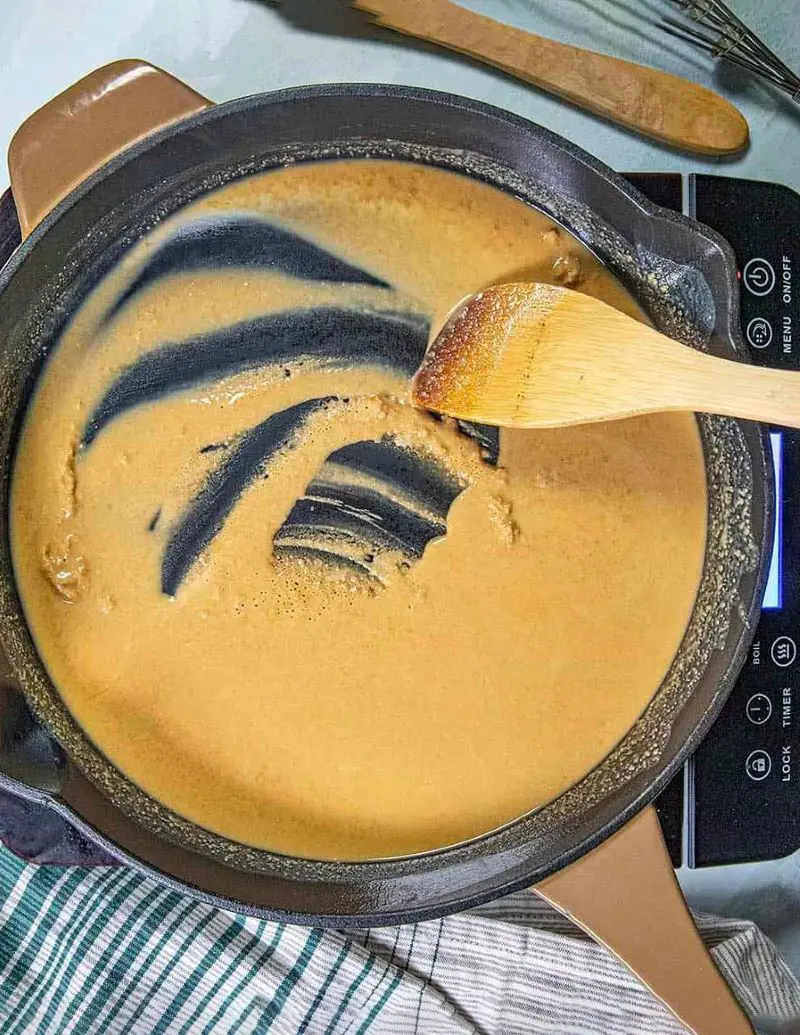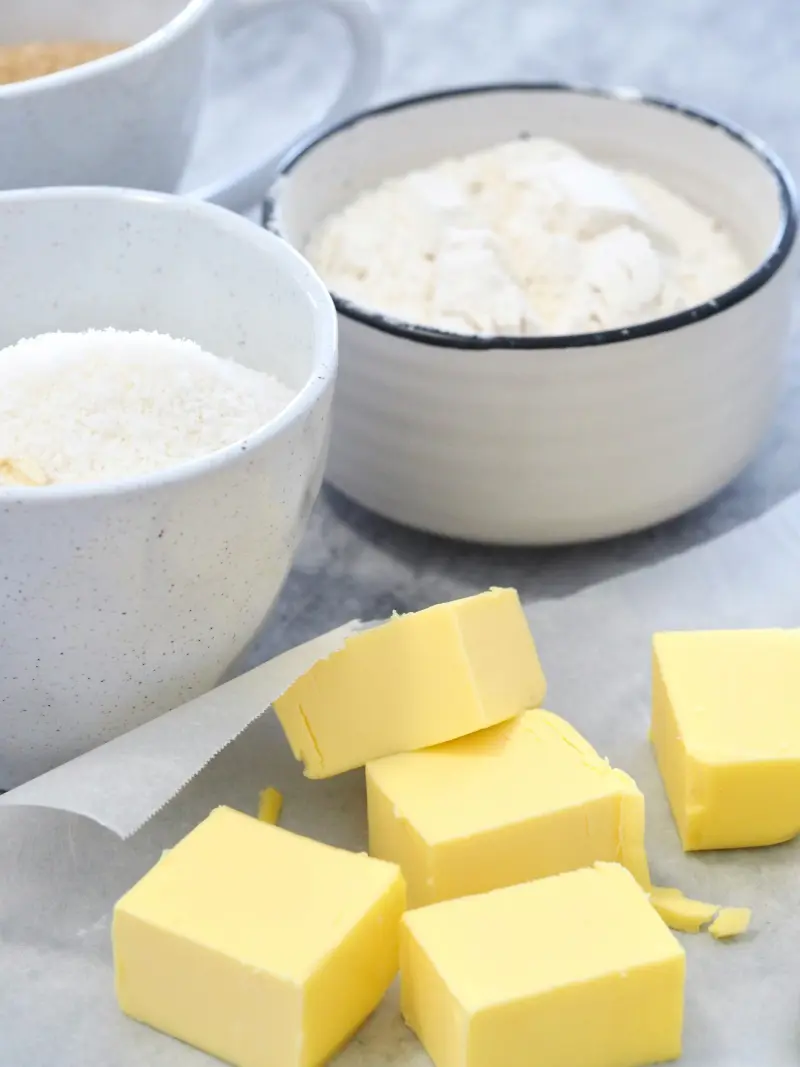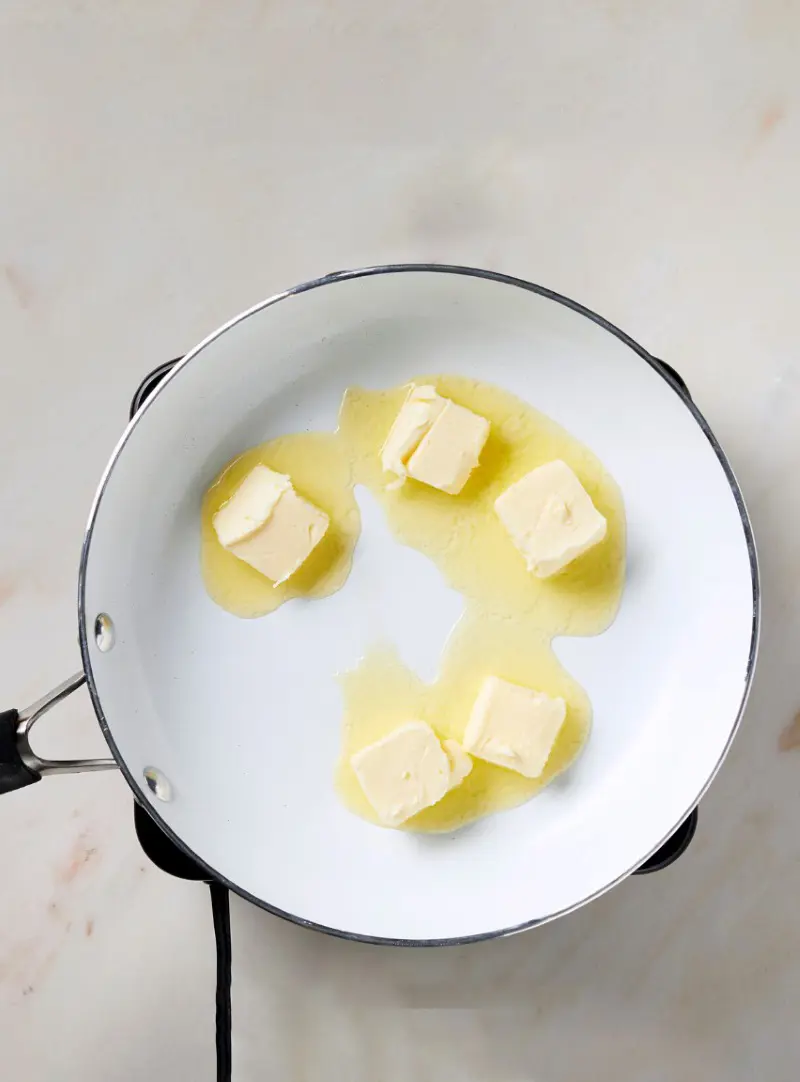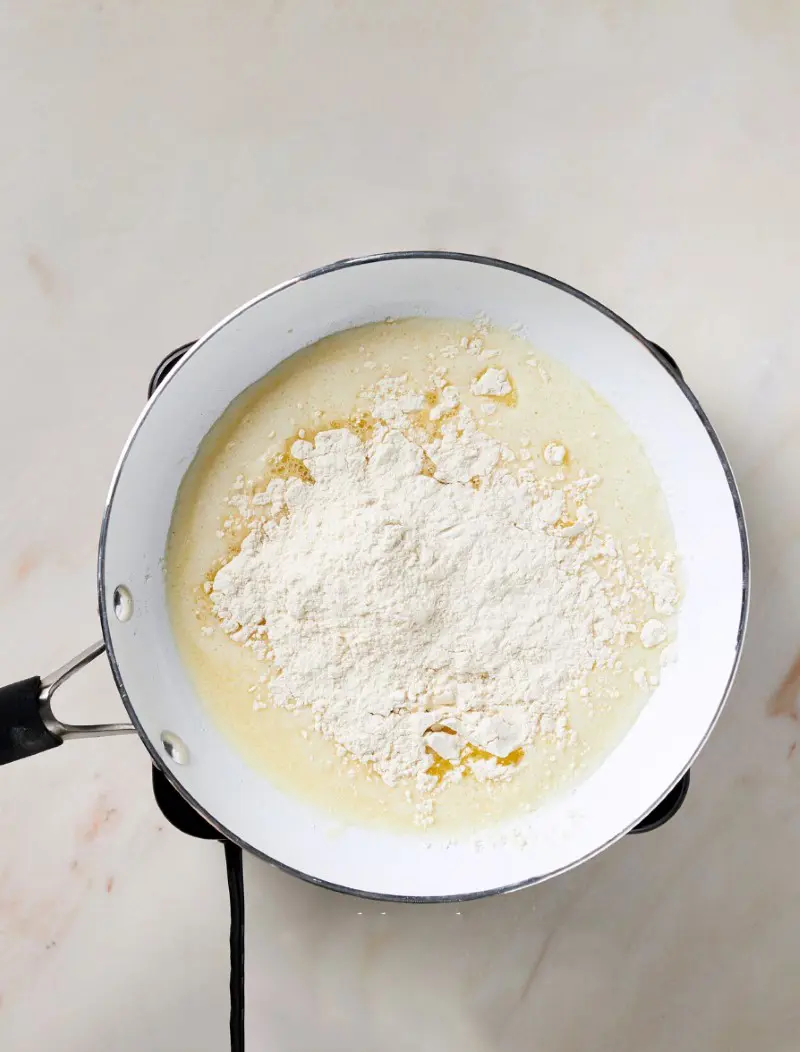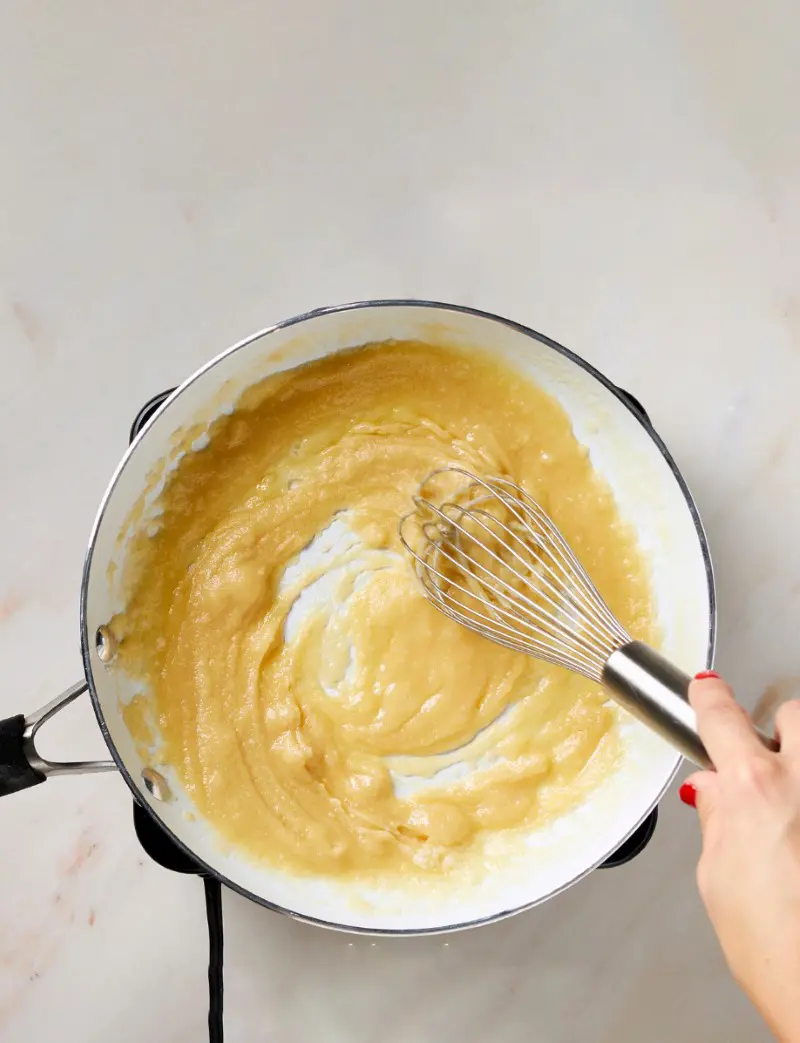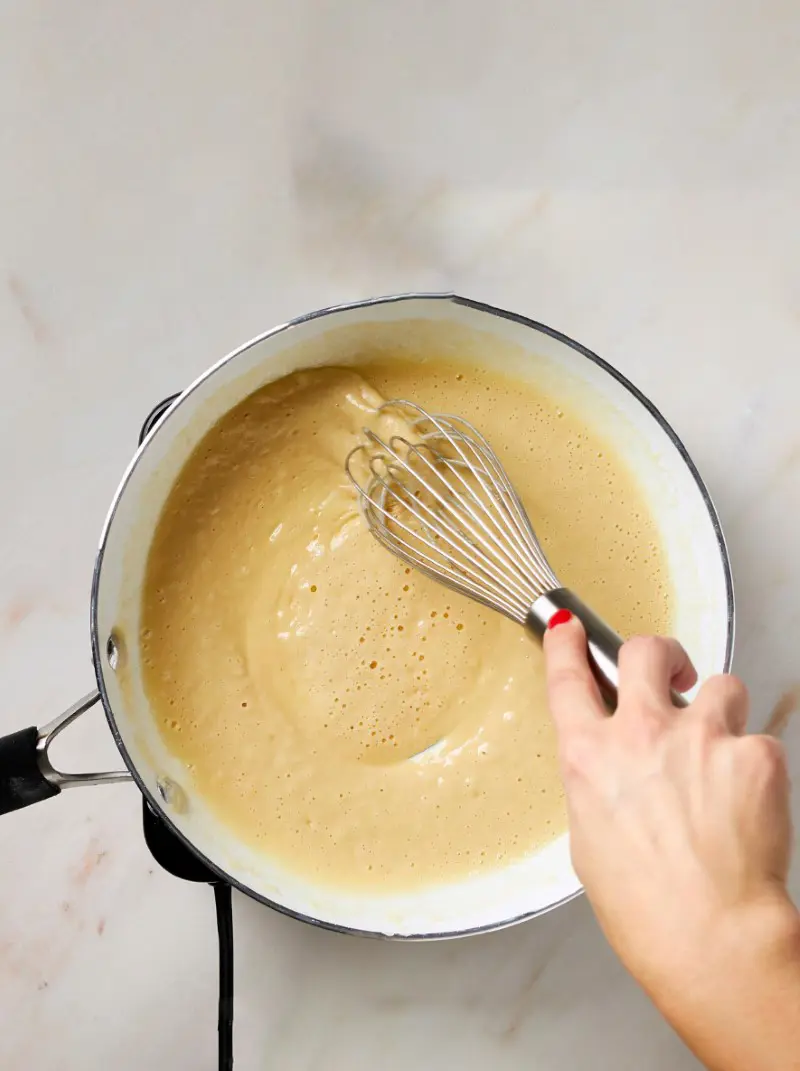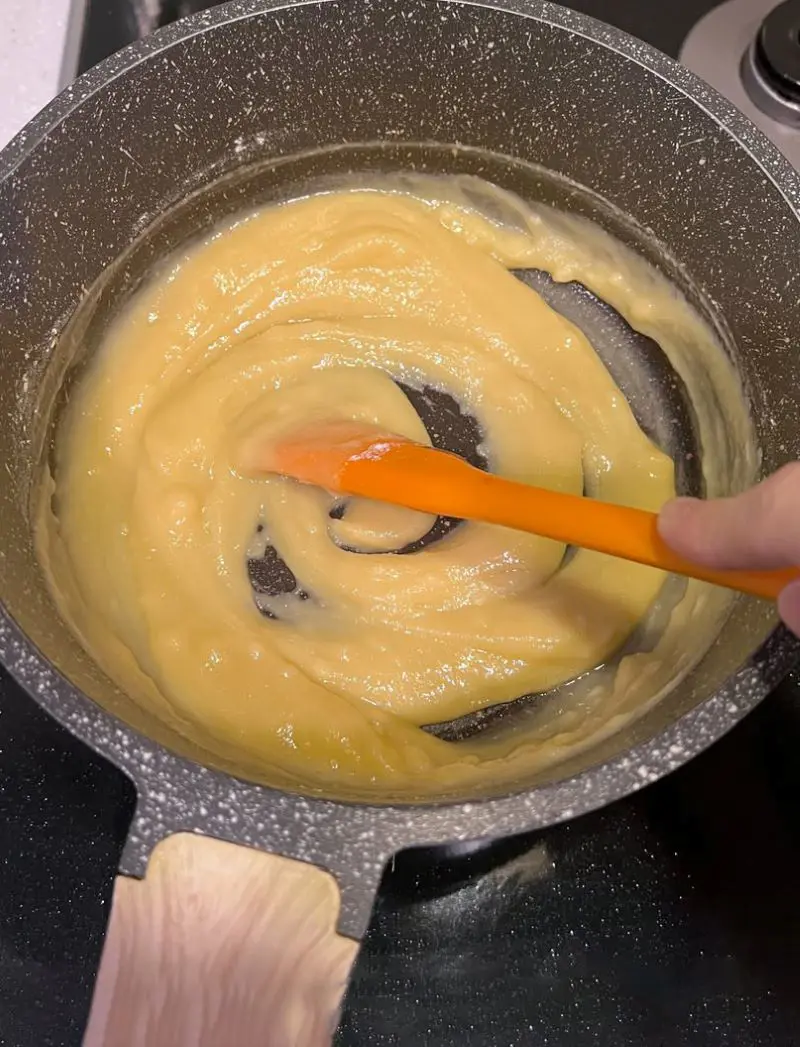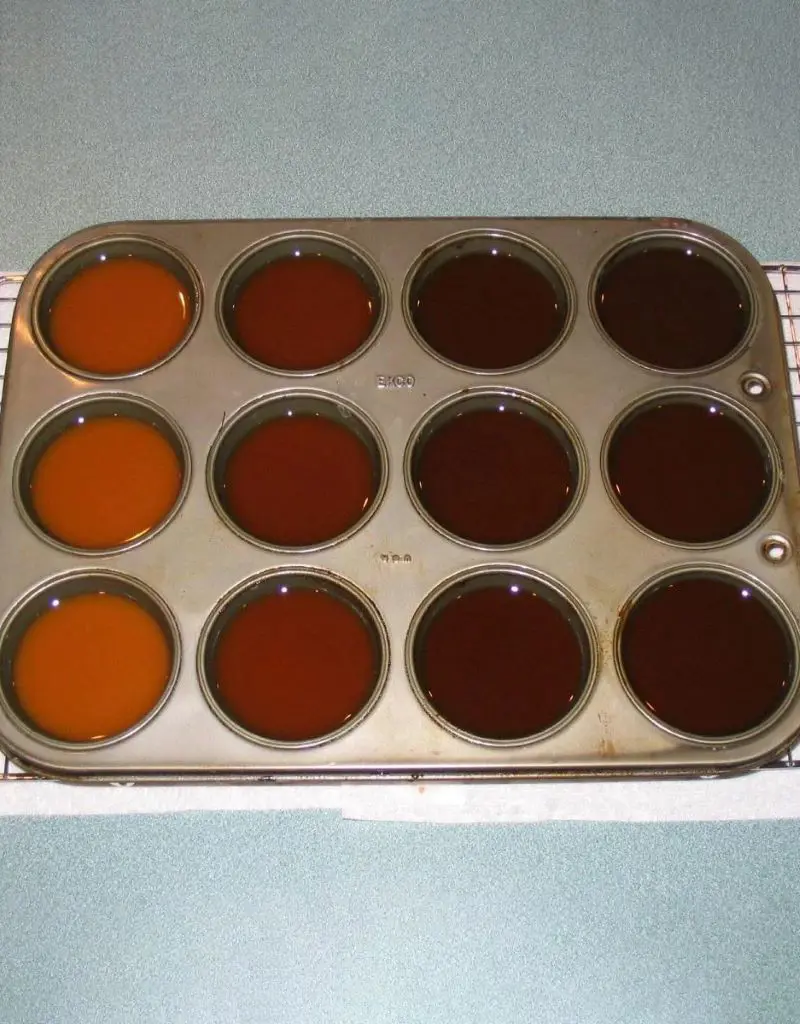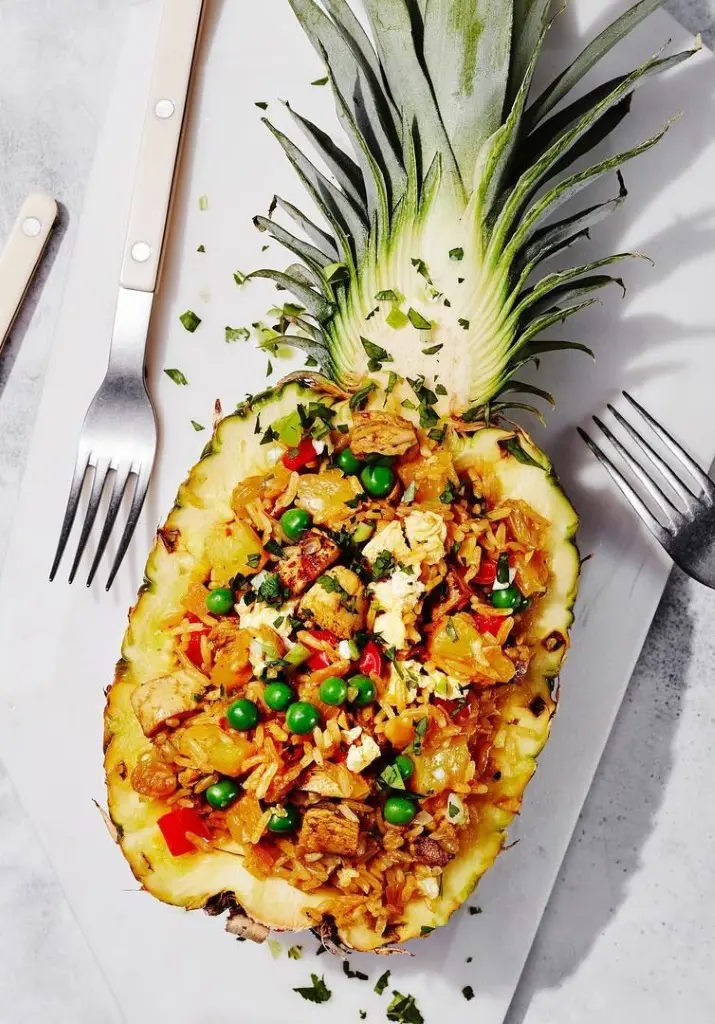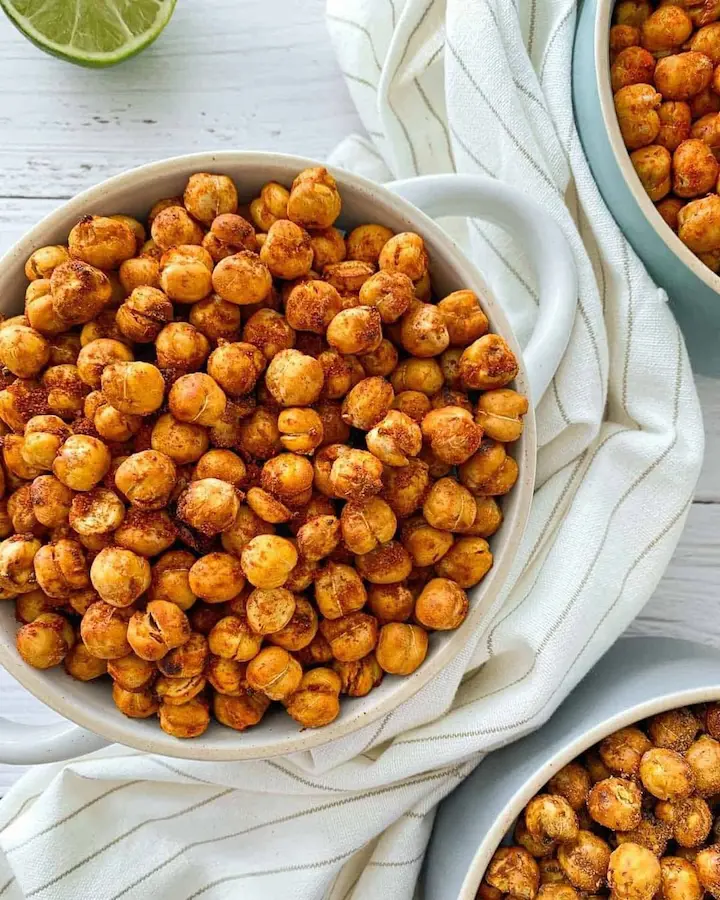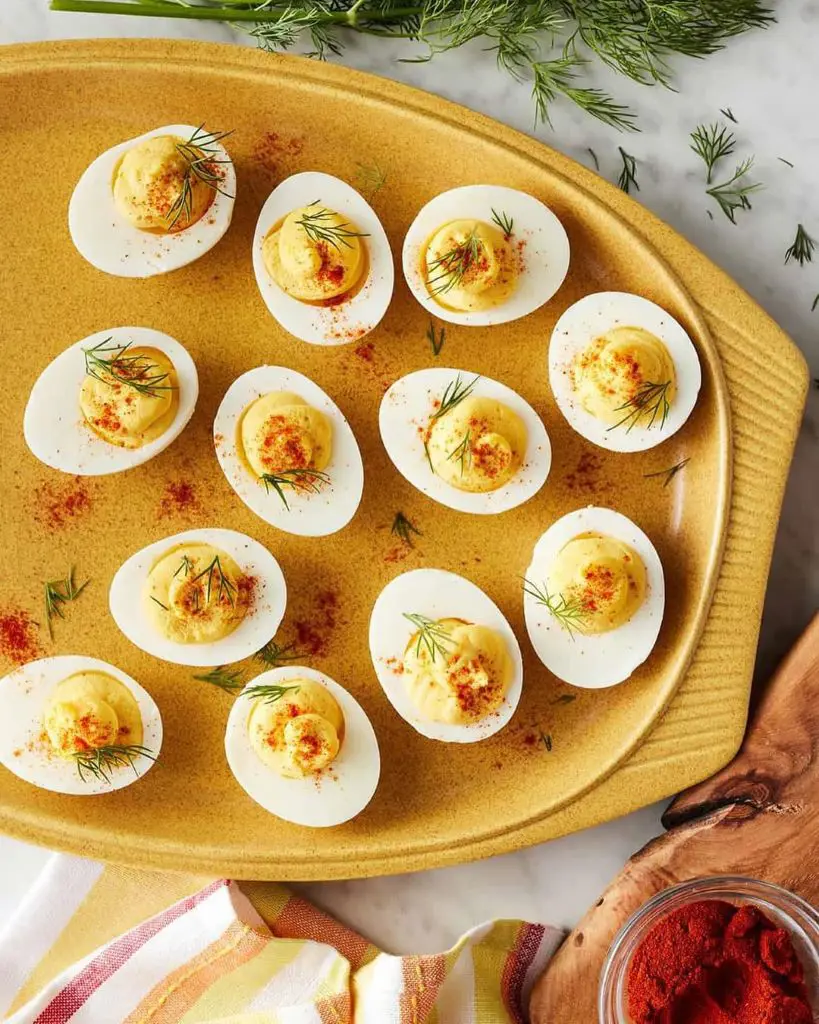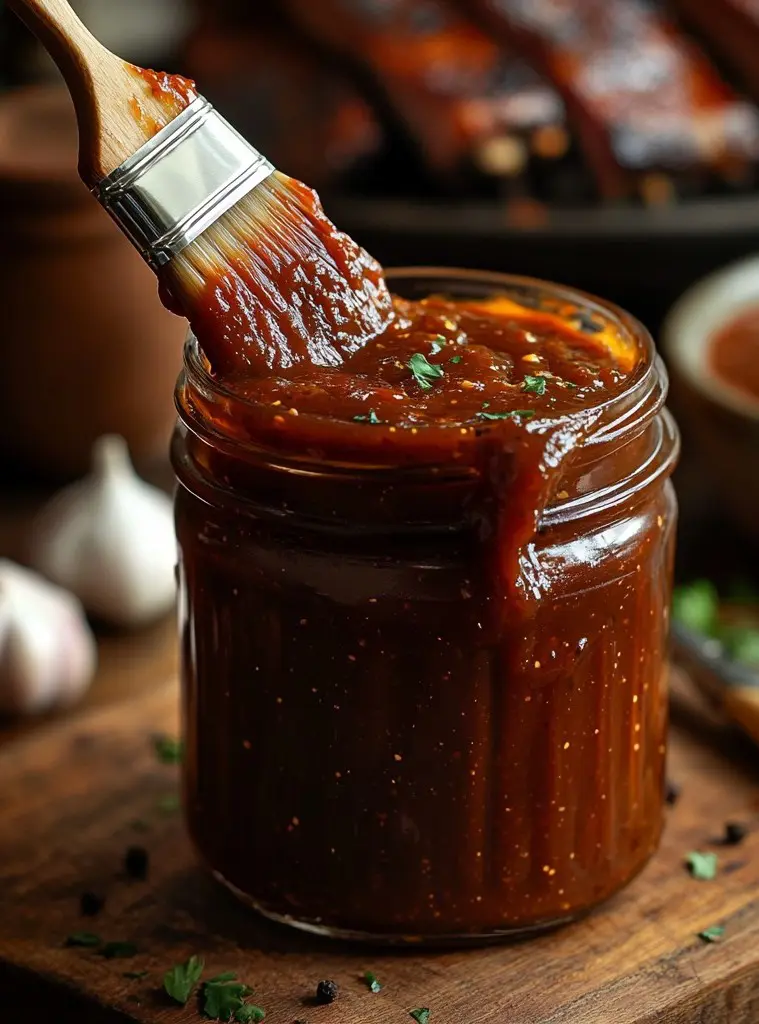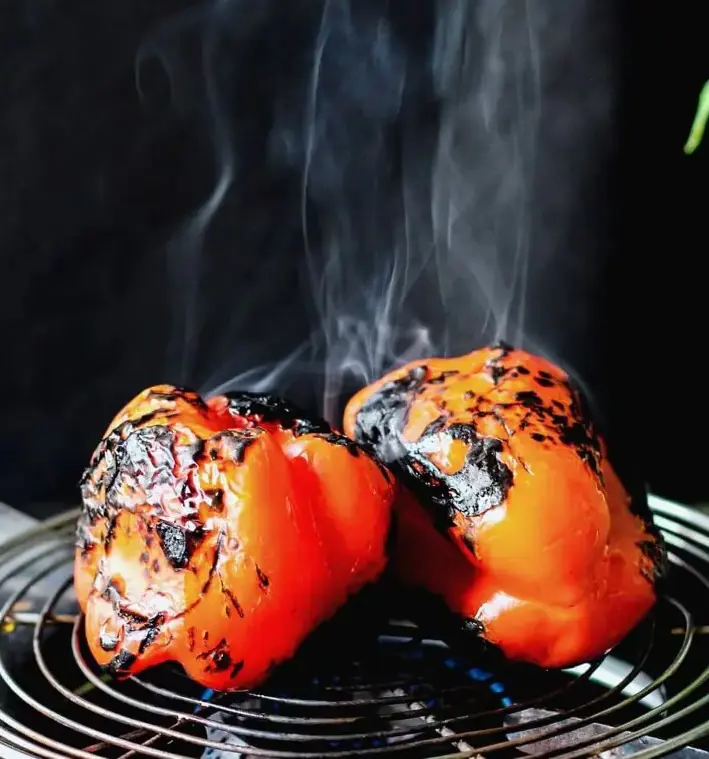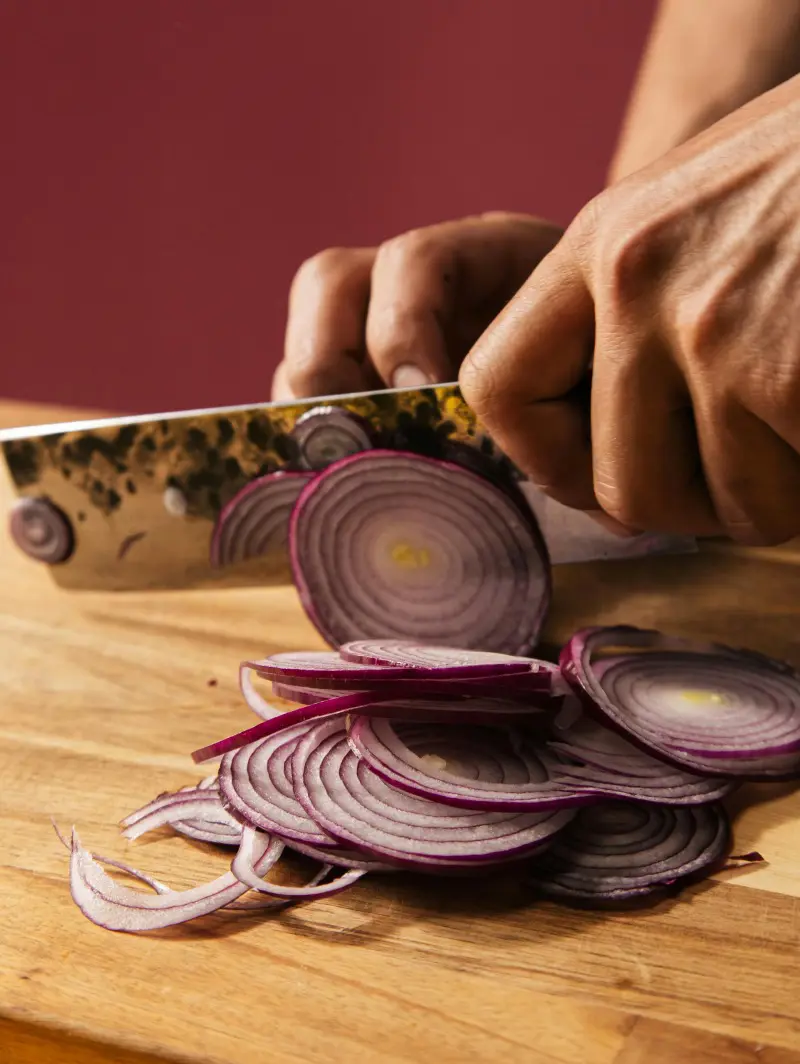Types Of Roux
A roux is a trusty kitchen trick that combines flour and fat, developing a thickening agent for plenty of dishes. Cooking it for different amounts of time lets you take it from a light to a rich brown version.
These can’t be used as replacements for each other because their flavors are very different. The time spent making them also determines their color, taste, and thickening strength, making each one special.
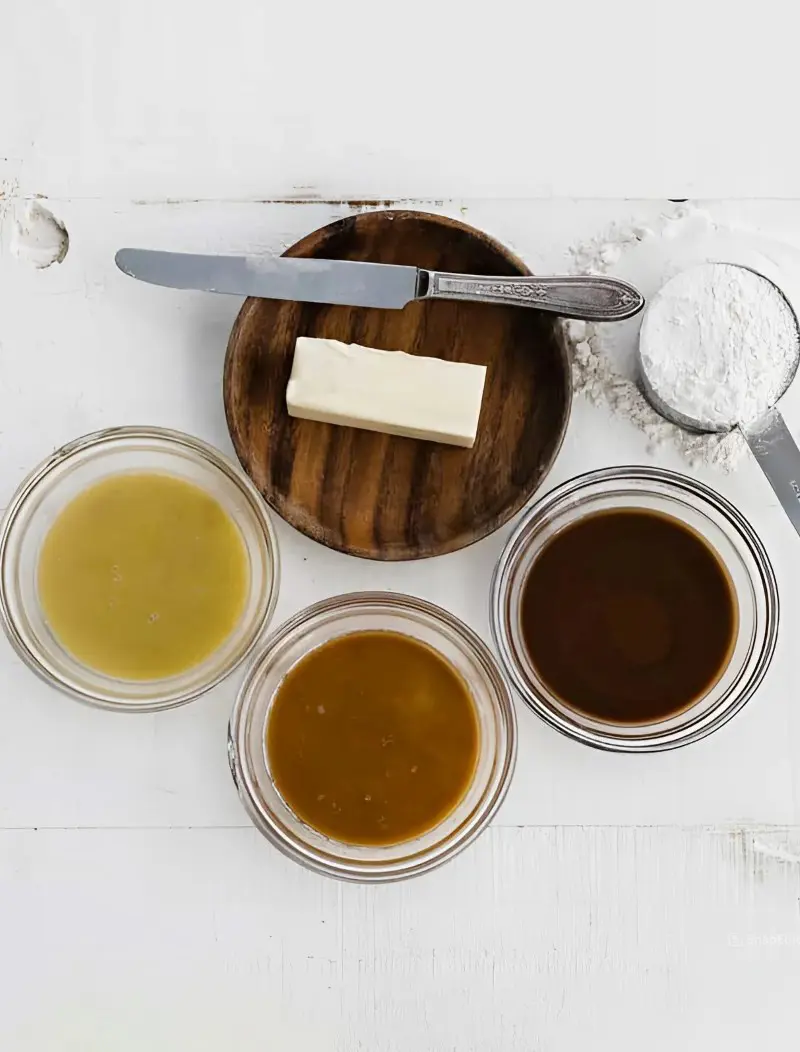
White Roux
This is the most common type of roux. Cooked for just a few minutes, it maintains a pale color and neutral flavor. Chefs love it for creating silky smooth sauces that don't distract from other ingredients.
White roux shines in dishes like cheese sauces, bechamel, and homemade gravies. It provides maximum thickening ability with minimal flavor interference.
It works well in dishes where you don't want to add extra color or a strong taste. As you cook it longer, the roux becomes smoother and more refined.
Blonde Roux
Blonde roux takes a bit more time to cook than white roux. It develops a light, nutty taste during the cooking process. This kind of roux is ideal for veloute sauces and dishes that need a slightly more developed flavor.
It has less thickening power compared to white roux but adds more depth to the flavor of your dish. Chefs appreciate blonde roux for its ability to add a subtle, toasted note to sauces and soups.
Brown Roux
Cooked until it reaches a deep, mahogany color, this roux brings intense, nutty, almost roasted notes to dishes. It's the secret weapon in traditional gumbo, adding complexity and depth that makes Louisiana cuisine legendary.
Brown roux is the least common and used in only a few cooking applications. While it has the least thickening power, it makes up for it with bold, robust flavor.
Sauce espagnole and other rich, dark sauces rely on brown roux to create their signature deep, complex taste.
